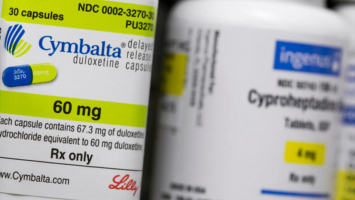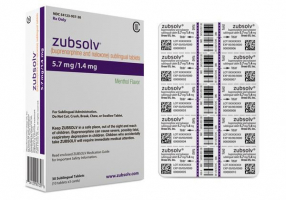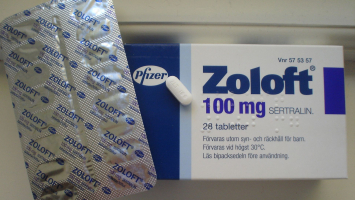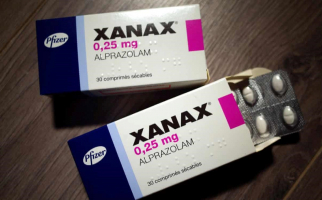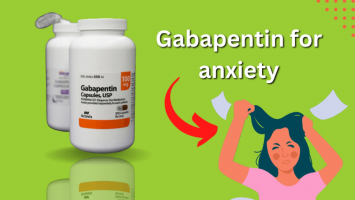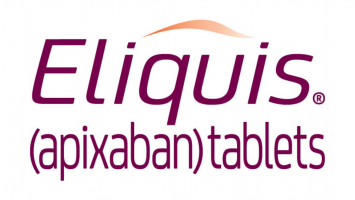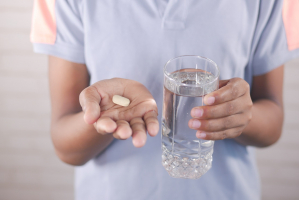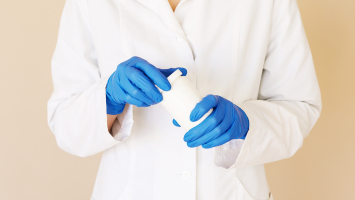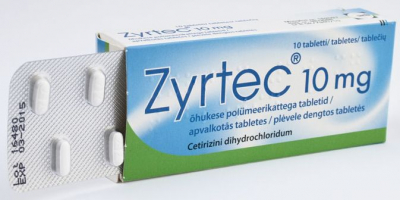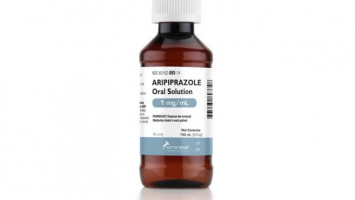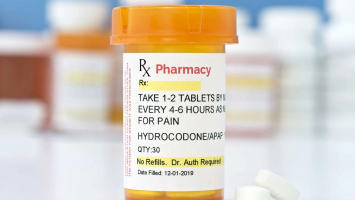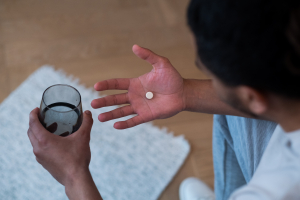Top 7 Things to Know About Amlodipine
Amlodipine is a calcium channel blocker drug used to treat coronary artery disease and high blood pressure. It is marketed under the brand names Norvasc and ... read more...other names. Toplist will give you some things to know about Amlodipine through this post so let's dive in!
-
- Heart disorders like angina and excessive blood pressure may be treated with amlodipine.
- Amlodipine prevents calcium ions from entering cardiac (heart) and smooth muscle, relaxing and dilating these muscles (widening). Amlodipine's exact mechanism of action in angina is unknown, but scientists believe it helps avoid coronary artery spasm and lessens how hard the heart has to work to pump blood around the body, which lowers the body's oxygen needs. Amlodipine has no effect on the blood's calcium levels.
- Amlodipine is a member of the calcium channel blocker drug class (sometimes called calcium channel antagonists).
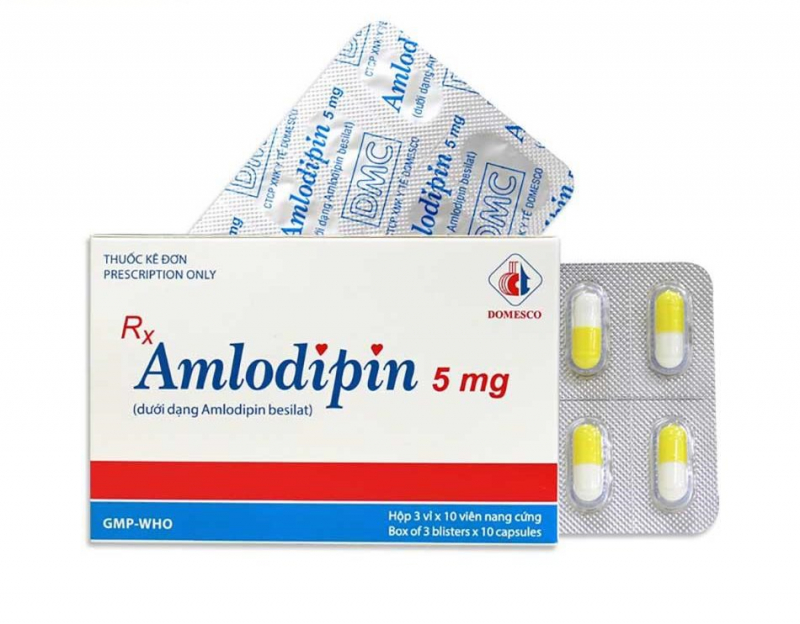
Photo: Vinmec 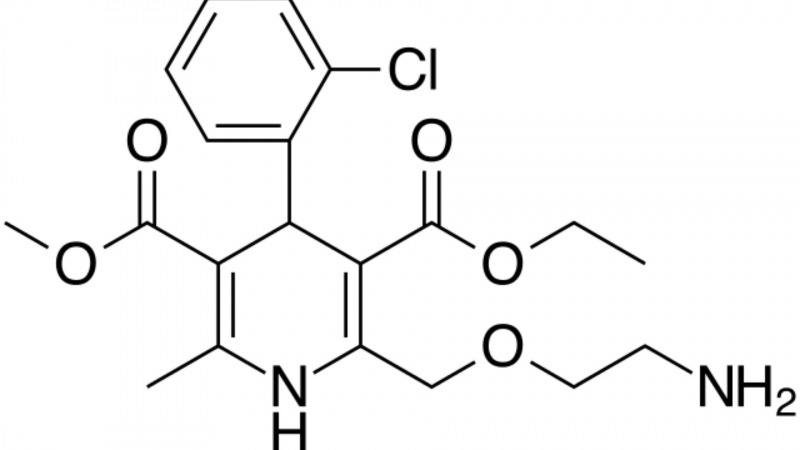
Photo: Wikipedia -
Benefits of Amlodipine is the next thing to know about Amlodipine.
- May be used alone or in conjunction with other high blood pressure medications to treat high blood pressure (hypertension).
- May be used as a long-term treatment for symptoms such chest discomfort in persons with stable chronic angina or angina brought on by a spasm of the coronary arteries. Will not stop angina attacks in their tracks (other medications such as sublingual nitroglycerin are used for this purpose).
- When treating hypertension in African Americans, calcium channel blockers like amlodipine may be preferred to other heart drugs (such ACE inhibitors and ARBs).
- Appears to interact with grapefruit, grapefruit products, or antacids very little to not at all.
- Can increase a person's capacity for activity and maintain a healthy blood pressure level while exercising. At maximum exertion, heart rate is either unchanged or slightly decreased.
- Amlodipine and other calcium channel blockers are thought to be the first line of treatment for Raynaud's phenomenon.
- Has considerable time between actions.
- Both with and without meals are acceptable.
- There is amlodipine in generic form.
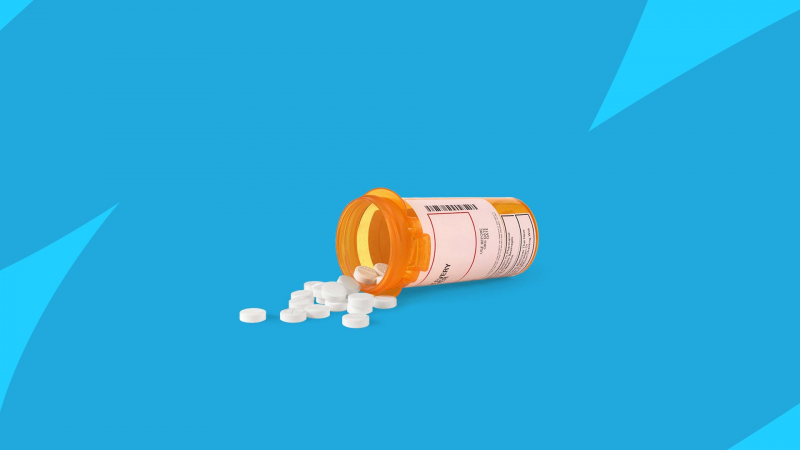
Photo: Single Care 
Photo: Crescent Pharma -
You are more likely to have the following side effects if you are between the ages of 18 and 60, do not take any other medications, or have any other medical conditions:
- The primary adverse effect is edema, or ankle swelling. There have also been reports of wheezing, shortness of breath, dizziness, a fast or irregular heartbeat, and flushing.
- Patients with liver problems may require lower doses. Use a lower initial dose of 2.5 mg/day when starting treatment in people who are already on antihypertensive medication.
- Rarely, some persons may develop excessively low blood pressure. People with significant aortic stenosis are at a higher risk. Regular blood pressure checks are necessary.
- Rarely, commencing amlodipine may cause some individuals to suffer a rise in the frequency or severity of angina or acute myocardial infarction (heart attack). People with significant obstructive coronary artery disease are at higher risk.
- Several other medications, including those that block the hepatic enzyme CYP3A and others that also reduce blood pressure, may interact with it. For a complete list of medication interactions, consult the prescription instructions.
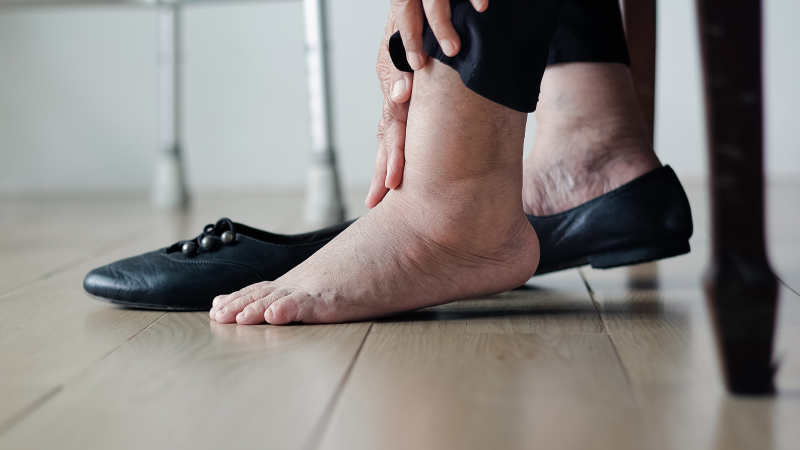
Photo: GoodRx 
Photo: Healthfully -
- Both with and without meals are acceptable.
- Amlodipine can be taken with grapefruit juice, according to the manufacturer.
- When rising from a seated position to a standing one, take care as your blood pressure may drop.
- Any symptoms of edema, fatigue, flushing, nausea, indigestion, shortness of breath, excessive weight gain, or dizziness should be reported to your doctor.
- If you suddenly experience wheezing, facial swelling, chest tightness, coughing, or convulsions, call 911 or go to an emergency room.
- Avoid stopping amlodipine abruptly. Even though there hasn't been a "rebound" effect noted, it is still preferable to gradually reduce the dosage over time.
- If you experience any new angina pain, your doctor may urge you to take sublingual nitroglycerin.
Amlodipine is typically used once a day. You can take it whenever you like, but try to take it at roughly the same time each day. With or without food, you can take amlodipine tablets and liquid. Amlodipine tablets should be taken whole, along with a glass of water, of course. If it's simpler, you can dissolve (disperse) the tablets in a glass of water; but, if you do this, you must drink the entire glass of water right away. That's all about the fourth thing to know about Amlodipine.
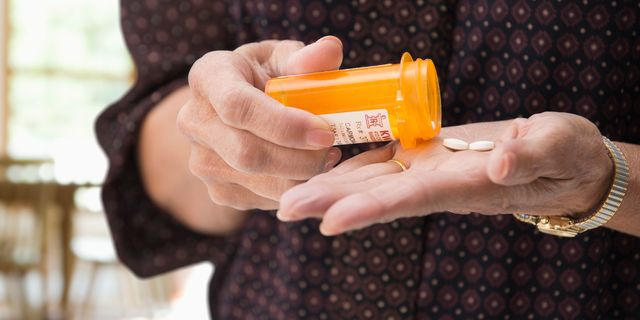
Photo: NetDoctor 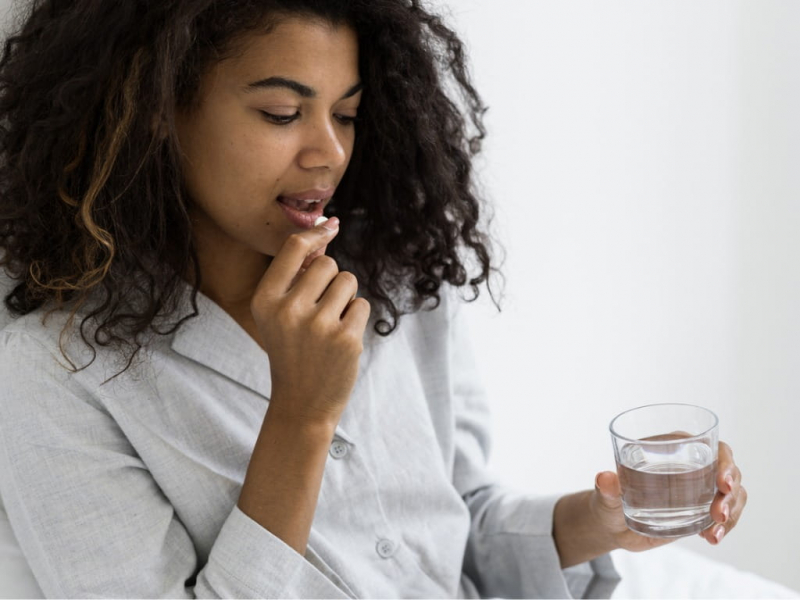
Photo: Poison Control -
When taken with amlodipine, medications that interact with the drug may lessen its effects, shorten their duration, cause more side effects, or have no effect at all. Even while it is not always necessary to cease taking one of the drugs, sometimes there is an interaction between two drugs. Consult your doctor to learn how to handle drug interactions.
Typical drugs with which amlodipine may interact are:
- anticonvulsants, such as carbamazepine or fosphenytoin
- antifungal agents, such as itraconazole or ketoconazole
- alfentanil
- amiodarone
- beta-blockers, such as atenolol, labetalol, or metoprolol
- buspirone
- benzodiazepines such as midazolam or triazolam
- carbamazepine
- cimetidine
- cyclosporine
- rifampin
- lovastatin or simvastatin
- quinidine
- NSAIDs, such as diclofenac, ibuprofen, and indomethacin, may decrease the blood pressure-lowering capabilities of amlodipine
- sildenafil
- other medications that inhibit or induce CYP 3A4.
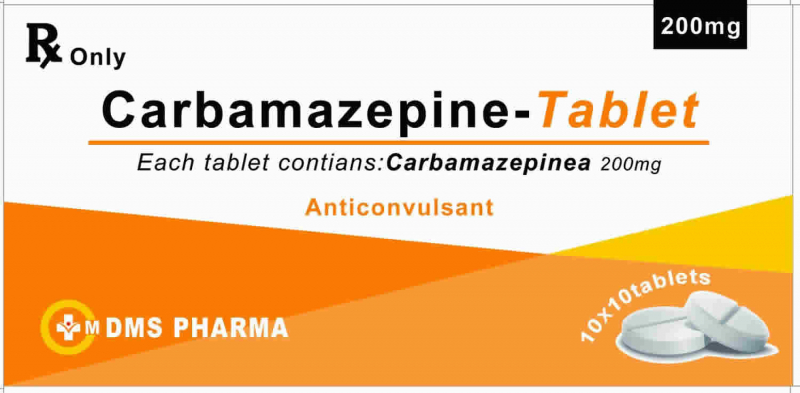
Photo: Health Jade 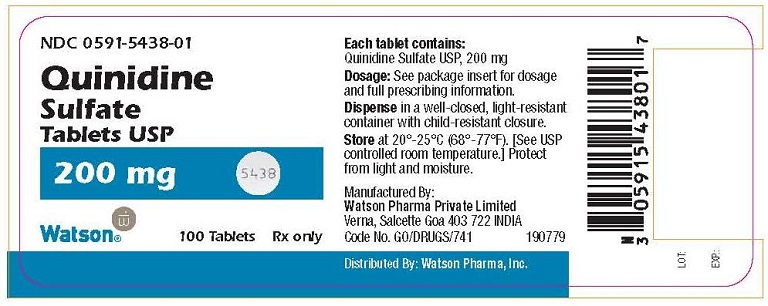
Photo: Google -
Amlodipine can be administered in conjunction with a number of drugs, including:
- Amlodipine/atorvastatin, where atorvastatin reduces cardiovascular events or if the patient also has excessive cholesterol and amlodipine is taken for hypertension or CAD.
- If Amlodipine alone is unable to lower blood pressure, amlodipine/aliskiren or amlodipine/aliskiren/hydrochlorothiazide. A renin inhibitor, such as aliskiren, prevents renin from starting the renin-angiotensin system (RAAS) pathway that raises blood pressure, hence lowering primary hypertension (hypertension with no known cause). Diuretic hydrochlorothiazide reduces total blood volume.
- If either medication has been ineffective on its own or if amlodipine alone produced edema, try amlodipine/benazepril. An ACE inhibitor, benazepril prevents the RAAS pathway from converting angiotensin I to angiotensin II.
- Amlodipine/celecoxib
- Amlodipine/lisinopril
- If amlodipine is ineffective at lowering blood pressure, other options include amlodipine/olmesartan and hydrochlorothiazide. Olmesartan blocks a portion of the RAAS pathway and is an angiotensin II receptor antagonist...
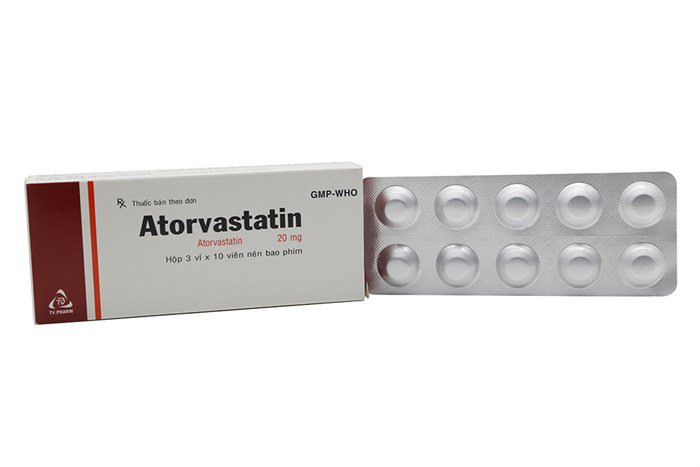
Photo: Vinmec 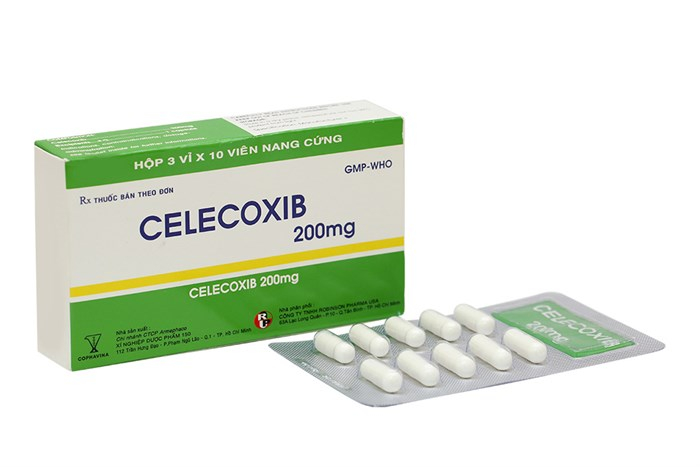
Photo: surabky -
Even though it is uncommon, amlodipine overdose toxicity can cause blood vessels to expand, extremely low blood pressure, and a rapid heartbeat. Fluid replacement is typically used to treat toxicity while keeping an eye on vital signs, ECG readings, respiratory system performance, glucose levels, kidney function, electrolyte levels, and urine output. When fluid resuscitation does not improve low blood pressure, vasopressors are also given.
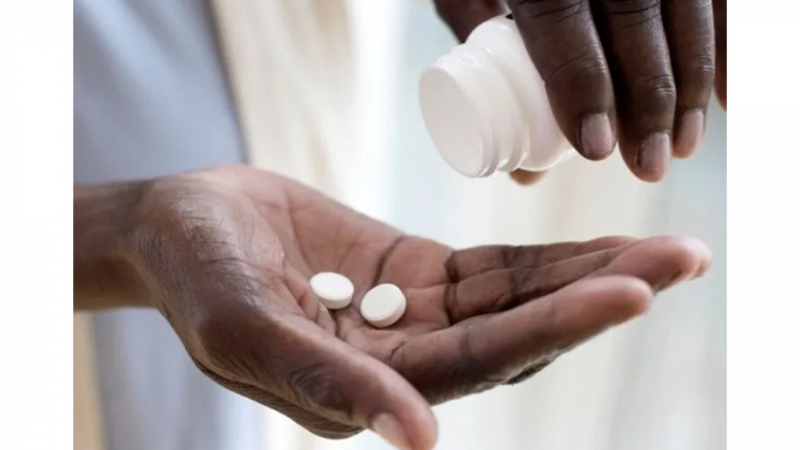
Photo: Healthline 
Photo: Daily Express












